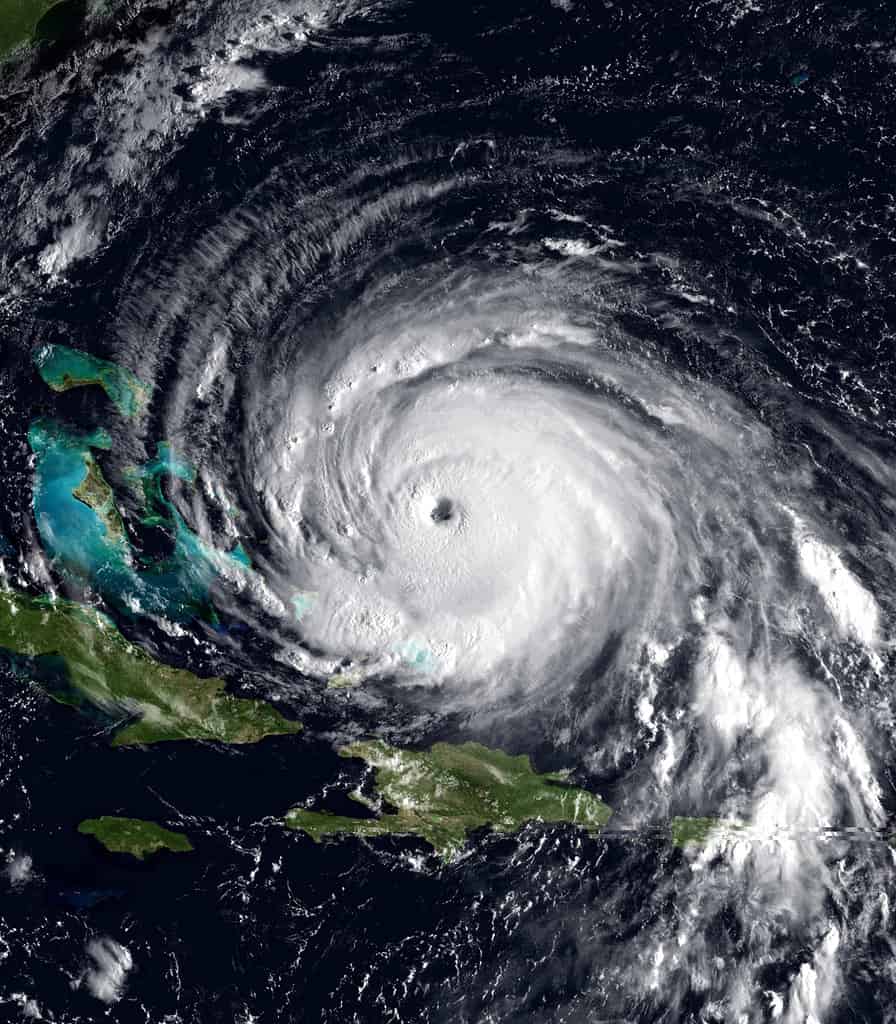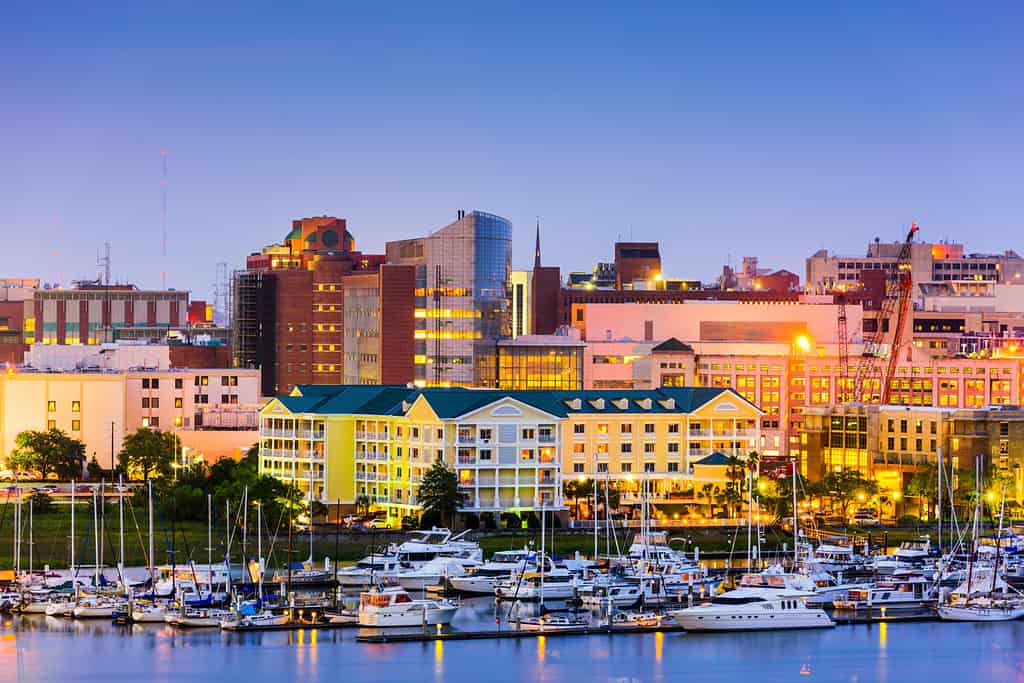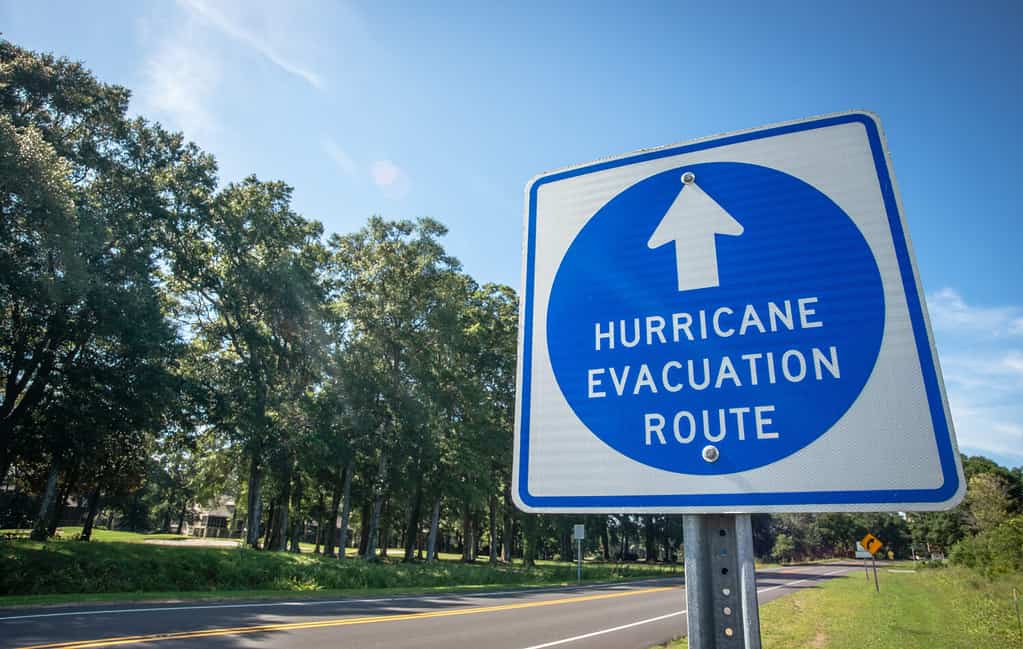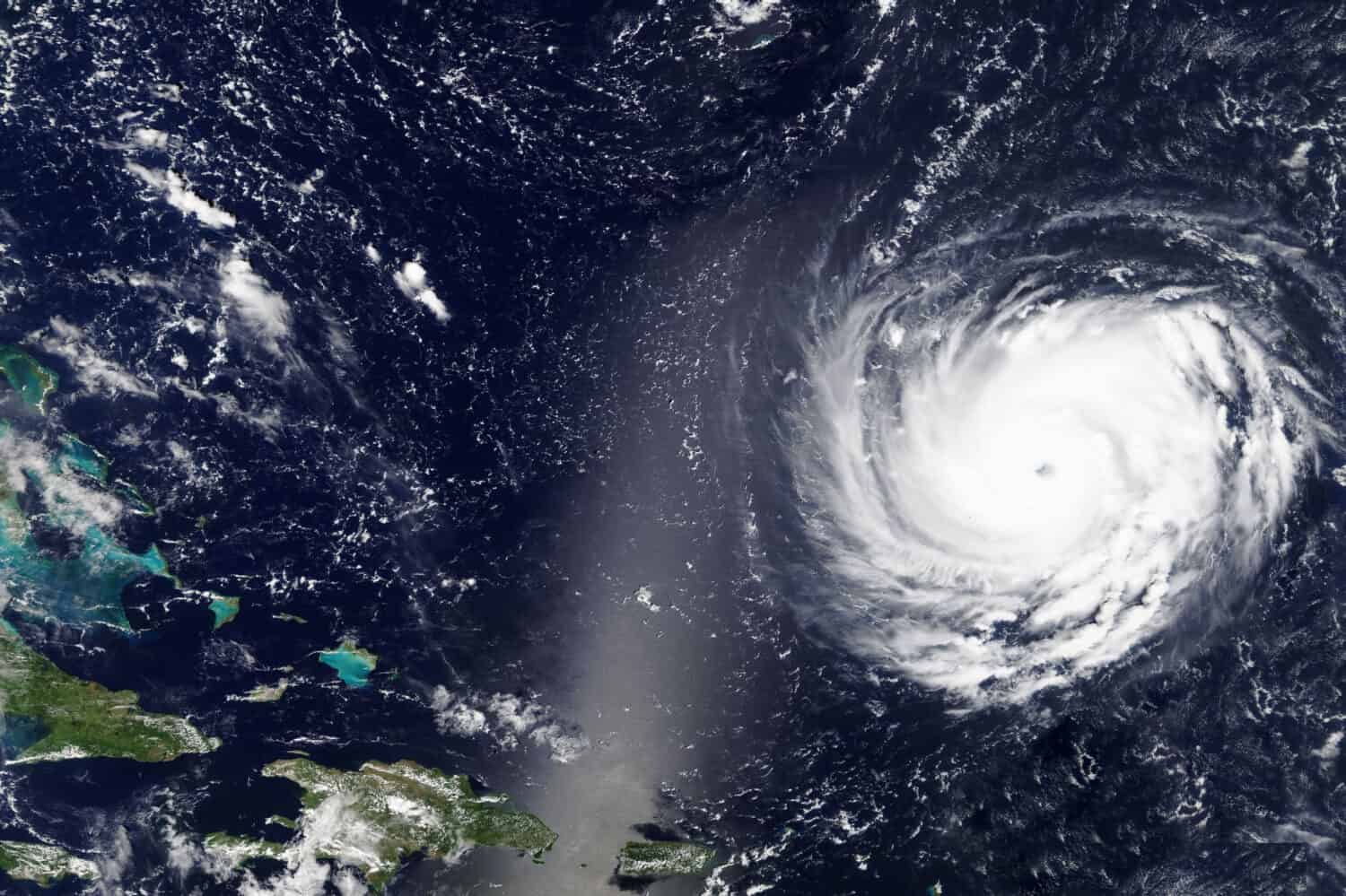South Carolina has a picturesque coastline and vibrant communities. But it is also a region prone to one of the most powerful natural phenomena: hurricanes. The state’s vulnerability to these tropical events makes it important for residents, policymakers, and emergency management officials to understand the intricacies of the hurricane season. This article gives an overview of the timeline and nuances of the hurricane season in South Carolina. It also sheds light on the measures that mitigate the impact of these storms.
Understanding Hurricane Seasons in South Carolina
The Atlantic hurricane season, which runs annually from June 1st to November 30th, highly shapes the rhythm of coastal communities across South Carolina. During this time, warm ocean waters provide the energy required for the formation and intensification of tropical storms. South Carolina’s coastal regions stay on high alert and bolster themselves to respond to any potential threats from these powerful storms.
The Influence of Ocean Temperatures On South Carolina Hurricanes
Ocean temperatures play a pivotal role in determining the intensity and frequency of hurricanes. Warm waters serve as a heat source, driving the evaporation of water. The subsequent condensation releases latent heat, which powers the storm’s development. As the ocean surface temperatures rise during the summer months, the conditions become more conducive to the birth and intensification of hurricanes.

Satellite footage of the destructive 1997 Hurricane Floyd shows how major hurricanes close to the Atlantic coast can affect South Carolina.
© – License
Hurricane Season in South Carolina: Start to End
As previously mentioned, due to its location on the Atlantic Coast, the hurricane season in South Carolina spans from June 1st to November 30th each year. This six-month period aligns with the official Atlantic hurricane season. During this time, meteorological conditions are most favorable to the formation and intensification of tropical storms and hurricanes in the Atlantic Ocean. The choice of these dates is not arbitrary. It reflects historical patterns of hurricane activity and the likelihood of storms in the region.
Since June 1st marks the beginning of hurricane season in South Carolina, it is a time when residents and officials begin to heighten their vigilance. While June is typically characterized by lower storm activity, it still serves as a reminder that preparedness should be a continuous effort throughout the season.
As the summer progresses into July and August, the waters off the South Carolina coast continue to warm. This creates a more favorable environment for storm formation. During these months, people often witness an uptick in tropical storm and hurricane activity. Meteorologists closely monitor weather patterns, ocean temperatures, and atmospheric conditions to predict the potential trajectory and strength of developing storms.
By the time November approaches, the odds of a hurricane impacting South Carolina significantly decrease. As the season comes to a close on November 30th, residents and emergency management agencies start to shift their focus toward preparing for the coming winter months, while also reflecting on the lessons learned from the preceding hurricane season.

Hurricane season can bring major hurricanes, which can cause flooding and severe damage to South Carolina.
©Everett Collection/Shutterstock.com
Peak Hurricane Activity in South Carolina
The peak of hurricane activity in South Carolina typically occurs between August and October. During this period, ocean temperatures are at their warmest, creating an environment ripe for the development of strong tropical storms.
September is historically one of the most active months for hurricanes in South Carolina. The combination of warm sea surface temperatures and favorable atmospheric conditions can lead to rapid storm intensification. Notably, Hurricane Hugo, one of the most destructive hurricanes in the state’s history, made landfall in September 1989.
As autumn arrives and the hurricane season progresses into October and November, the ocean waters begin to cool, gradually reducing the likelihood of hurricane formation. However, it’s important to remember that hurricanes can still form and impact the region during these months. For instance, Hurricane Matthew made landfall in South Carolina in October 2016, leaving a trail of destruction in its wake.
South Carolina’s history is in fact marked by several notable hurricanes that have made landfall during this peak period. These have left lasting impacts on communities and landscapes.
While the majority of hurricanes occur during the peak months, late-season hurricanes are not unheard of. These rare occurrences can pose unique risks to communities that may have relaxed their vigilance after the peak of the hurricane season.

Coastal communities in South Carolina, like Charleston, can be severely affected by hurricanes.
©Sean Pavone/Shutterstock.com
Latest Hurricanes in South Carolina
Among all seasons, the 2005 Atlantic hurricane season stands as a historical benchmark, bringing unprecedented events that defied expectations and extended beyond the traditional hurricane season.
Hurricane Ian in South Carolina
Hurricane Ian, the latest hurricane to impact South Carolina, occurred during the peak of the Atlantic hurricane season. It originated as a tropical disturbance that formed over warm ocean waters and gradually intensified as it moved along its path. In early September, Hurricane Ian reached the South Carolina coastline. Given its impact in the South, it brought with it a mix of anticipation and concern for the potential impact it might have on the state.
As Hurricane Ian approached South Carolina, it developed into a Category 1 hurricane on the Saffir-Simpson Hurricane Wind Scale. This classification indicates it had sustained wind speeds ranging from 74 to 95 mph. Despite being categorized as a lower-intensity hurricane, Ian carried enough potential to cause significant damage. This was due to a combination of strong winds, heavy rainfall, and storm surge.
The threat posed by Hurricane Ian prompted local authorities and emergency management agencies to activate preparedness measures. Evacuation orders were issued for coastal areas, urging residents to seek safer ground to avoid potential flooding and storm surge impacts. Public safety officials and meteorologists closely monitored the hurricane’s projected path, offering real-time updates and guidance to residents.
When Hurricane Ian made landfall in South Carolina, it also brought strong winds that lashed coastal communities and inland areas. It brought torrential rains that led to flooding in low-lying regions, posing a threat to homes, infrastructure, and roadways. While its wind speeds were at the lower end of the hurricane scale, the combined effects of wind and rain had the potential to disrupt power lines, uproot trees, and damage properties.

Hurricane Ian heading towards the Atlantic Coast in September 2022. Elements of this image were furnished by NASA.
©lavizzara/Shutterstock.com
There have been several other major hurricanes and tropical storms of note in South Carolina.
1. Tropical Storm Elsa (2021)
Tropical Storm Elsa brushed the South Carolina coast on July 7, 2021. While the storm’s center remained offshore, it still brought heavy rain and gusty winds to some areas. The threat of storm surges and flooding prompted coastal communities to be on alert.
2. Tropical Storm Danny (2021)
Tropical Storm Danny made landfall on June 28, 2021, near Hilton Head Island, South Carolina. While it was a relatively weak storm, Danny still brought heavy rainfall and the risk of flash flooding. The storm’s impact was relatively short-lived, and it quickly weakened as it moved inland. Nevertheless, it served as a reminder of the unpredictability of tropical systems.
3. Hurricane Isaias (2020)
Hurricane Isaias made landfall in South Carolina on August 3, 2020, as a Category 1 hurricane. While it didn’t bring extreme winds, it brought heavy rainfall and storm surges to parts of the state. The storm caused power outages, flooding, and beach erosion in coastal areas. Isaias continued its path along the East Coast, impacting multiple states before dissipating.
4. Hurricane Dorian (2019)
While not a direct hit, Hurricane Dorian’s impacts were felt in South Carolina in September 2019. Dorian, at its peak, was a powerful Category 5 hurricane, but it weakened as it moved northward along the coast. The storm still brought strong winds, heavy rainfall, and storm surge to some coastal areas. While the worst of the hurricane’s effects were felt farther north, South Carolina remained vigilant and took precautionary measures.
5. Hurricane Florence (2018)
Although Hurricane Florence primarily impacted North Carolina, it had a significant impact on South Carolina as well. Florence made landfall as a Category 1 hurricane near the North Carolina-South Carolina border in September 2018. The storm brought extensive rainfall and flooding to both states. It caused rivers to overflow and lead to widespread flooding in many areas of South Carolina. Florence’s slow movement also resulted in prolonged heavy rainfall. This made it one of the most devastating storms in terms of the flooding caused in the region.
Climate Change and Extended Seasons in South Carolina
The evolving patterns of climate change have also introduced a layer of uncertainty into hurricane dynamics. Rising sea surface temperatures, altered atmospheric conditions, and shifting ocean currents can potentially extend the hurricane season beyond the traditional bounds. This highlights the need for ongoing research as well as vigilant preparedness efforts so that communities can adapt to changing climate patterns.

Residents of South Carolina must prepare to stay safe from hurricanes during the traditional season and beyond.
©Darwin Brandis/Shutterstock.com
Preparedness Measures and Community Resilience
South Carolina’s coastal communities and state authorities have invested in comprehensive preparedness and response measures to safeguard residents and minimize the impact of hurricanes. Evacuation plans, emergency shelters, and robust communication systems are integral components of the state’s hurricane preparedness strategy.
Despite being a Category 1 hurricane, the impact of Hurricane Ian was a stark reminder of the potential for destruction caused by storms of lower intensity. The experience highlighted the importance of not underestimating the risks associated with hurricanes, regardless of their categorization. The lessons learned from Hurricane Ian also reinforced the significance of preparedness, response, and community resilience in the face of natural disasters.
Local emergency response teams and relief organizations were activated to provide assistance to affected communities. Evacuation shelters opened to provide a safe haven for those displaced by the storm. The coordination between government agencies, non-profit organizations, and volunteers played a crucial role. It ensured the safety and well-being of residents during the hurricane’s passage.
Innovative Technologies and Early Warning Systems
Advancements in meteorological technology have revolutionized the accuracy of hurricane forecasting. Sophisticated computer models, satellite imagery, and oceanic data collection enable meteorologists to provide more precise and timely predictions. These give residents valuable time to prepare and evacuate if necessary.
Community Engagement and Education
Public awareness campaigns play a vital role in ensuring that residents are well-informed about the risks posed by hurricanes. They also inform residents about the steps they need to take to protect themselves and their property. Outreach efforts, educational programs, and simulated drills empower individuals to make informed decisions during the high-stress periods preceding a hurricane’s landfall.
Coastal Infrastructure and Building Codes
Coastal infrastructure is paramount in minimizing the impact of hurricanes. Building codes that enforce construction standards designed to withstand hurricane-force winds and storm surges contribute to the structural integrity of buildings and reduce the potential for extensive damage.
Thank you for reading! Have some feedback for us? Contact the AZ Animals editorial team.








